The Best Drills To Fix A Slice Or Hook In Golf
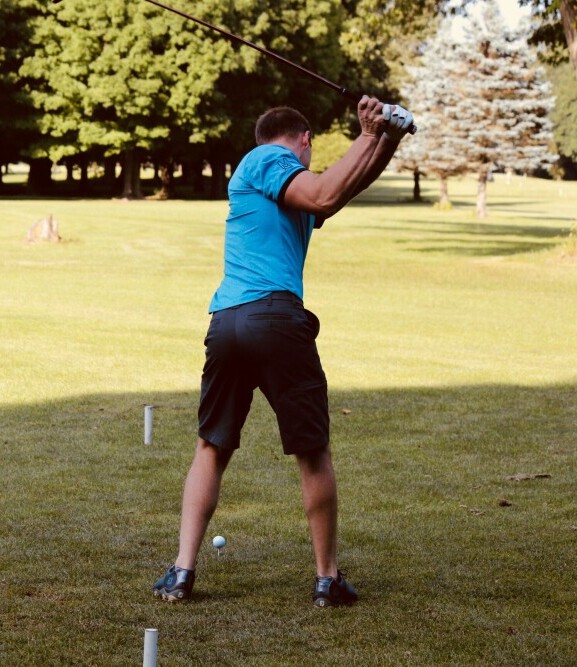

Fore! Quick note: a few links here are affiliate links. If you snag gear through them, I earn a small commission — no extra strokes added to your game.
Straight off the tee or fairway, if your ball veers off-course dramatically to the right or left, you’re probably dealing with a slice or a hook. A slice happens when your ball curves sharply to the right (for right-handed players), while a hook will swing to the left. It’s all about the spin you put on the ball, and often, it’s not what you planned. This is the golf viking, and today we’re getting into probably the biggest issue most golfers run into, the dreaded hook and that ungodly slice.
A slice is typically large and veers off significantly more than you want. It’s a nightmare a lot of us have faced, and it’s usually caused by an open clubface at impact. That spinning effect causes the ball to fly off on a curve you didn’t really sign up for. On the flip side, a hook is more severe than a classic draw. This is incredibly common for beginner golfers, but with practice can be fixed so that you hit that ball straight as an arrow.
The ball dives left because the clubface is closed. Imagine your ball taking a runaway trip to the left when all you needed was a straight shot.
Both these pesky foes might seem similar, but they stem from different swing flaws and require different fixes. While a slice can haunt those newer to the game, a hook can surprise even the seasoned player.
It’s not just about the wrong gear or the wind messing with your straight lines—these are mechanical issues that need a closer look. You need to analyze your swing and contact with the ball to figure out what’s going on so that you can fix the issue.
Though slices and hooks can seem like the embodiment of frustration, understanding what they are is half the battle. Knowing exactly what’s happening can save you time (and a few lost balls), getting you closer to landing that perfect shot. Let’s delve into what the real cause of your off the mark swing is.
Correcting a slice or hook starts with solid fundamentals. Brush up on your mechanics with Mastering the Golf Swing.
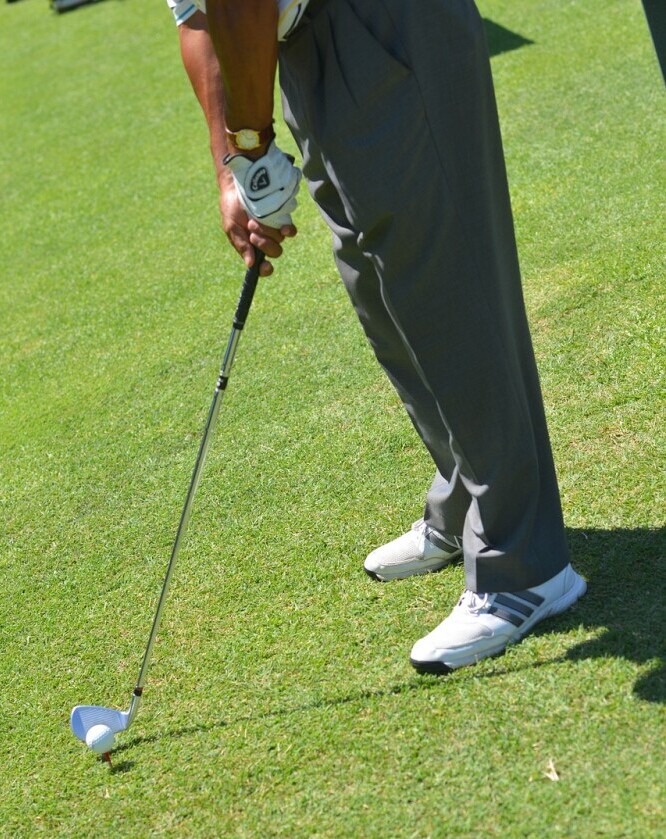
Causes of Slices and Hooks: Digging Deeper
When your golf ball seems to have a mind of its own, it’s time to take a closer look at what’s really happening with those slices and hooks. Let’s get technical for a moment. A slice often stems from an incorrect grip and an outside-in swing path. Basically, if you’re gripping too tightly or holding the club too firmly with your dominant hand, you’re asking for trouble. You will need to adjust how you hold the club so that your clubface hits the ball squarely.
For those enduring the annoyance of a hook, the main culprits can be a closed clubface and an inside-out swing path, similar to what causes a draw but more exaggerated. It might sound odd, but the angle of your stance and the alignment of your shoulders can also steer things sideways.
Weather and course surface play sneaky roles, too. A windy day can be a slicer’s and hooker’s worst nightmare, magnifying those wrong-way tendencies. But, sometimes we’re our own worst enemy. Stress from trying to beat the last score or overthinking every stroke can send your game spiraling. It’s important to tell the difference between a true slice or hook and a strong wind. Best to test your swing out on a calm day to be sure that wind isn’t playing a factor in where your ball lands.
To get to the root of the problem, it’s essential to examine not just the mechanics but also how your mindset affects your swing. True, muscle memory plays its part, but if you’re hurried or stressed, poor swings sneak in when you least expect them.
Earlier arrival to the course to practice or some pre-game relaxation could be just what the pro ordered. Having a relaxed but focused swing will keep your grip from getting too tight and swinging your club awkwardly. So why does this all matter?
Strength and flexibility support proper swing path. Check out Golf Fitness for Power, Flexibility, and Consistency to build the body control needed for accurate shots.
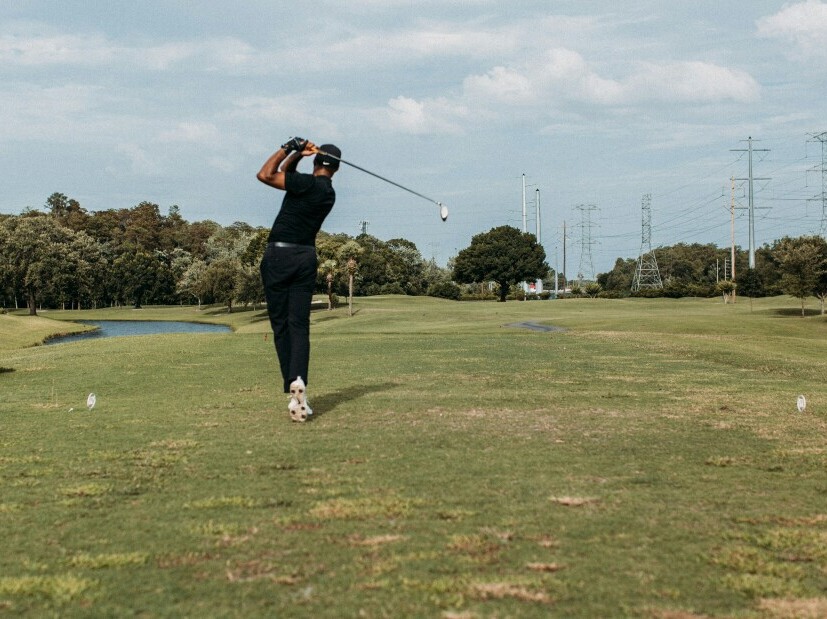
Why Slices and Hooks Are Bad for Your Game
Accuracy is everything in golf. When you’re dealing with slices and hooks, your accuracy takes a serious hit. Imagine aiming for the fairway and watching helplessly as your ball snakes its way into the rough or, worse, out of bounds. It’s like taking a scenic route when all you wanted was a straight shot.
Of course there are situations where you need to play your shot around the curve of a fairway, or as a strategy to get your ball closer to the green on certain holes, but in general a straight shot that keeps you on the fairway is what you should be aiming for on the golf course.
These deviations mess with your scores, too. Each errant shot translates to more strokes on the scorecard. And if you’re keeping count, that’s more than frustrating—it’s demoralizing, especially when it seems like you’re stuck playing fetch instead of fairway. It will be tough to keep your score low if you are constantly hitting your ball into the woods on the edges of the fairway.
Beyond just numbers and accuracy, there’s a massive psychological load. Constantly dealing with a slice or a hook can feel like you’re carrying an invisible weight on the course. Every time you tee up and find your mind buzzing with the fear of a bad shot, your confidence takes another blow. Hitting straight shots and staying on the fairway can increase confidence in your game.
With all this pressure comes the temptation to switch things up—new clubs, different balls—but remember, the real change has to start with your technique and mindset. Without addressing the core issues, these quick fixes often turn into just another set of problems. Fix your swing first, then you can try out different clubs.
By acknowledging these impacts right from the start, you’re already on your way to turning things around. It’s a game of patience and adjustment that pays off big time when persistence replaces panic. Let’s dive into the details of how to fix the mechanics of your swing.
Consistency off the tee can lower your stress and prevent swings from overcompensating. See The Most Forgiving Drivers to choose clubs that help maintain straighter ball flight.
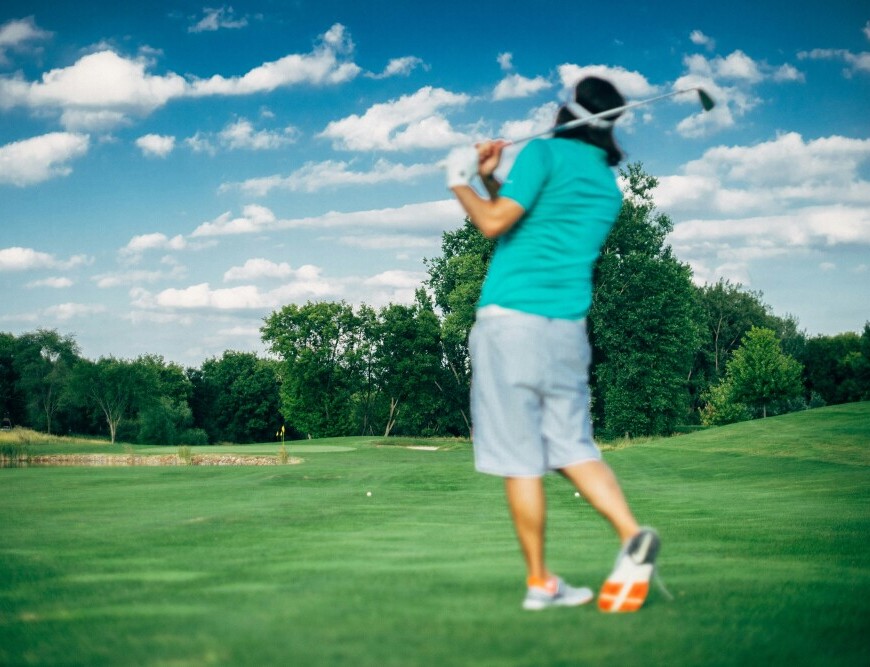
Mastering the Fix: Strategies for Overcoming Slices and Hooks
Starting with the basics, changing your grip can do wonders. If your slice is the problem, try loosening your grip with the top hand while adjusting the bottom hand’s placement slightly stronger, closer to the clubhead. For those troublesome hooks, a more neutral grip might straighten things out. Having a good grip is the first step to fixing your awry shots.
Good posture never goes out of style in golf. Making small adjustments to your stance, like aligning your shoulders parallel to your target line, helps control the ball’s path. Aim for a balanced setup, where your feet are shoulder-width apart, and weight is evenly distributed between both legs. It’s going to be impossible to hit the ball straight if you are swinging your shoulders in the wrong direction.
Then there’s the swing path. For slicers, aiming for an inside-out swing can reduce that curve. Imagine you’re swinging slightly to the right of your target if you’re right-handed. Hook-havers, focus on the opposite: aim to flatten your swing path. You want to have a nice fluid rotation from your backswing through your downswing with your clubface making square contact with the ball.
Don’t forget the mental game. Preparing mentally for each shot, visualizing the path you want the ball to take, can turn things around. Confidence-building exercises and a clear game plan reduce the room for doubt. Take a few practice swings before you hit the ball so that you can get the feel for a proper swing.
Lastly, it’s all about consistent practice. Incorporating these strategies in your usual round or range session helps keep things on track. Remember, every shot is a chance to tweak and improve. No overnight miracles here, just steady growth. Once you have fixed your swing, it’s important to practice with that proper swing so that you build muscle memory the correct way. Let’s go over a few drills to correct your problem.
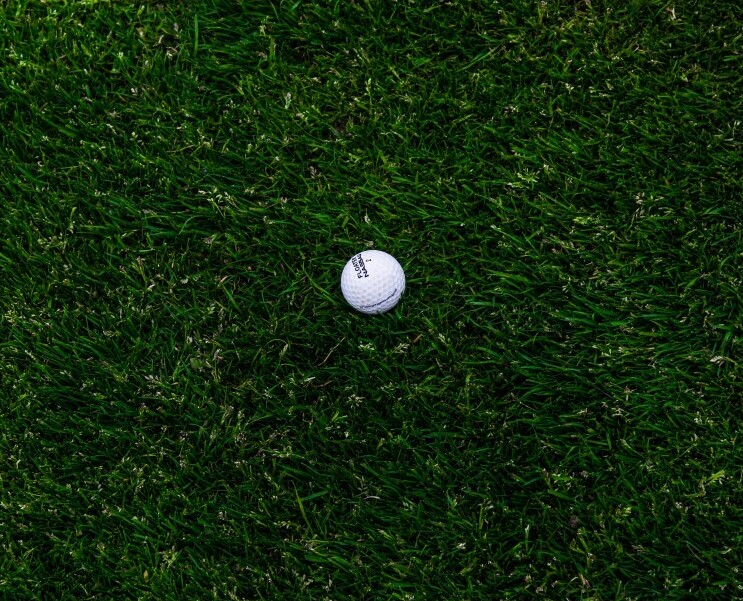
Drills To Correct Your Slice
Slicing can be maddening, but honing in on some effective drills can straighten things out. The alignment stick drill is a great place to start. Place a stick on the ground along your target line, and practice swinging without hitting it. This drill keeps your swing path in check and helps prevent that dreaded slice. Keeping your swing straight along a target line will help keep you from swinging your club too far out.
The weighted club drill is another fantastic tool in your slice-busting arsenal. Swinging a heavier club can improve your muscle memory and correct the tendency to open the clubface. Consistent practice with this drill helps you develop a feel for a more natural swing path.
Incorporating video analysis into your routine can also provide powerful insights. Recording your swing and watching it back allows you to spot inconsistencies that contribute to slicing, giving you a clearer understanding of needed tweaks. Really this should be the first step in fixing your swing.
Record yourself swinging and compare your swing to a proper swing. Pay attention to your grip and your shoulders. Make sure that your body is rotating in the right direction in order to hit the ball squarely with your club.
Lastly, try slow-motion swings to really break down your mechanics. Slowing things down helps reinforce the right movements, ensuring you’re not rushing into an open clubface situation. With patience and regular practice, these drills can significantly curb your slicing struggles. Now how about the hook?
Mental focus is critical when working on swing fixes. Learn how to stay composed with How to Recover from a Bad Hole and Stay Focused.

Drills To Perfect Your Hook
A hook might feel like a stubborn problem, but specific drills can help you reclaim control. Start with the towel drill, which is all about grip consistency. Wrap a towel under your arms and practice swinging without letting it fall. This keeps your arms connected to your body, promoting a more unified swing.
Mirror training is a simple yet effective way to ensure your clubface isn’t too closed at impact. By swinging in front of a mirror, you can observe your clubface and wrist angles, making corrections to keep your shot straighter. This can serve the same purpose as recording yourself on video.
Impact bags are excellent for addressing swing path issues. Hitting into a heavy bag at the point of impact allows you to feel when your clubface is closed. It’s a tactile reminder of when you’re turning it over too much.
Repetition drills are also valuable. Focus on building muscle memory. By practicing with intent and slowly increasing speed, you foster the right instincts for when you’re on the course. Swinging the correct way over and over again will instill the proper swing in your routine.
Like with any swing issue, consistency in practice is key. These drills, combined with patience and attention to detail, can steer you back on course. So get out and record your swing right now so you can see what you’re doing wrong. I’ll see you out on the golf course, swinging straight into the fairway.


